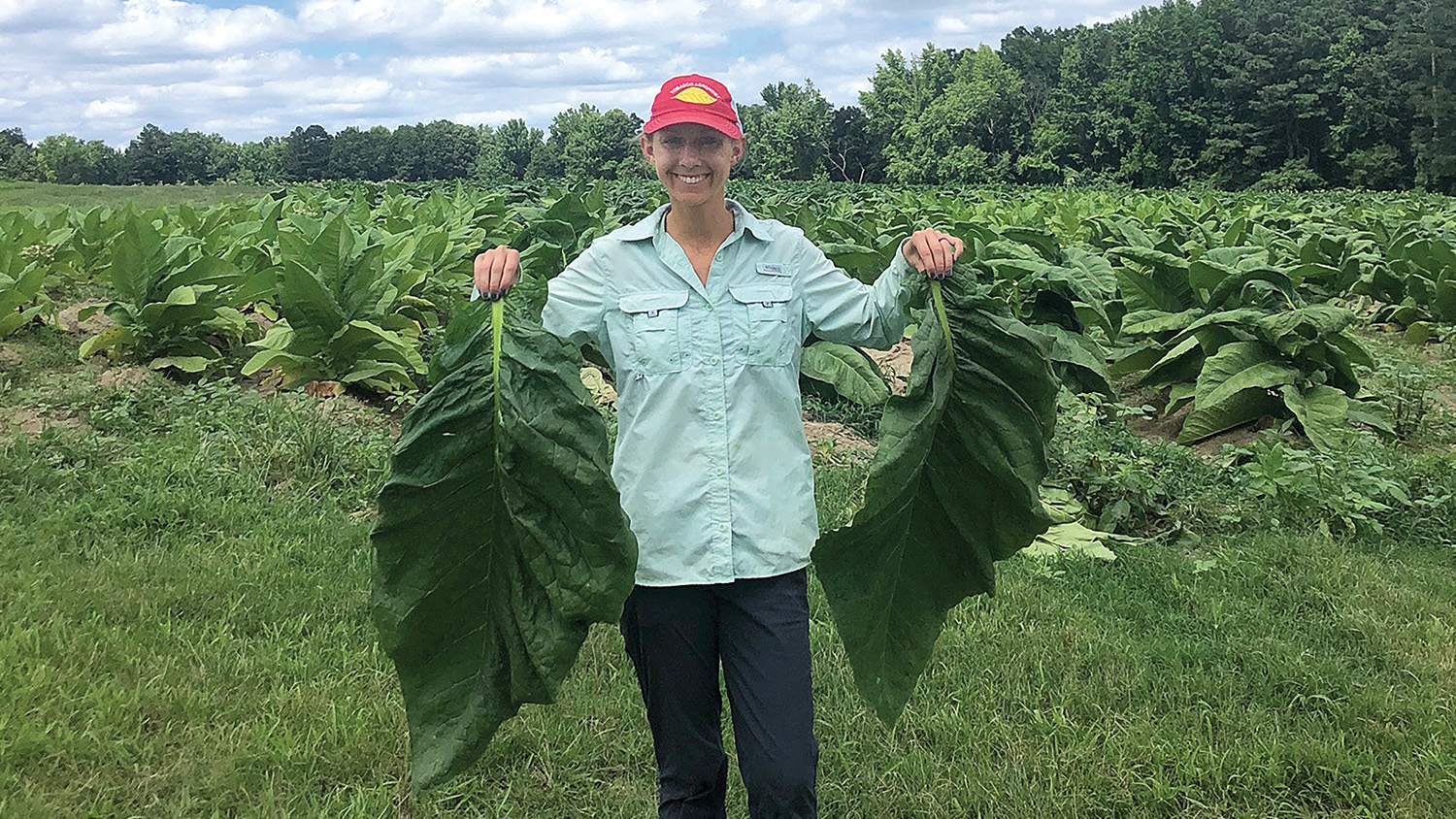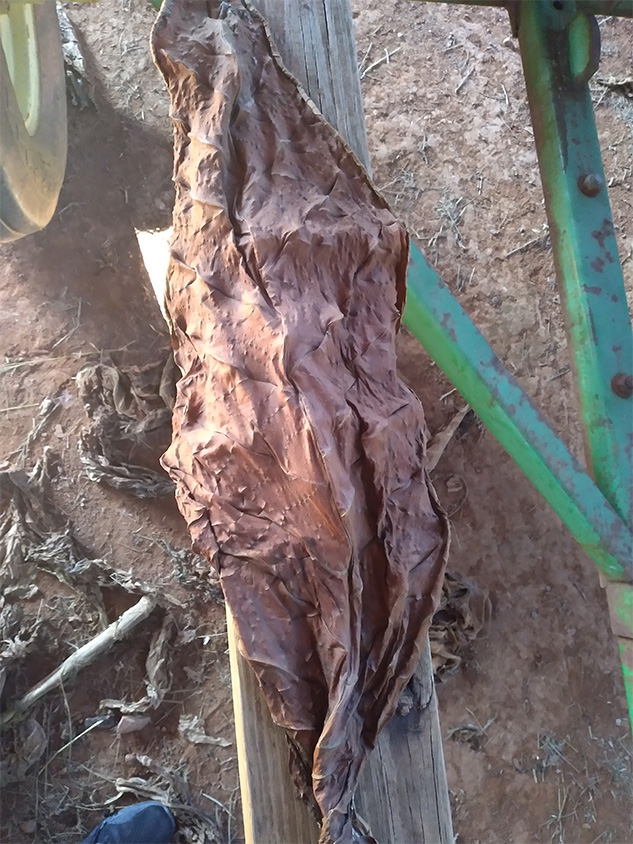Turning Over a New Leaf
Researchers hope Connecticut Broadleaf can help put western North Carolina tobacco farms back on a roll.

Tobacco growers in North Carolina enjoyed their heyday on the stalks of burley and flue-cured tobacco. But since 2004, when many U.S. farmers took a buyout from the federal government and stopped growing tobacco, the crop has been on a steady decline.
“We had about 7,000 or 8,000 acres of burley tobacco grown in western North Carolina prior to 2004,” says Matthew Vann ’11 MS, ’15 PHD, associate professor in the Department of Crop & Soil Sciences and tobacco extension specialist. “If you look at USDA statistics now, they’re reporting like 200 or 300 acres in the entire state. And even [flue-cured tobacco] is in decline.”
Vann says that has left a void and a quest to find a replacement crop. He is helping lead a study that may have found an answer: cigar wrapper tobacco, also known as Connecticut Broadleaf (since it’s been traditionally grown in the Northeast). The study, which began with a $60,000 grant from the N.C. Department of Agriculture and takes place at research stations across the state, is now in year three with hopes to capitalize on the longstanding knowledge of the burley tobacco industry in North Carolina’s mountains, which mirrors that of the Connecticut River Valley.
Maggie Short ’19, ’21 MS, a crop and soil sciences Ph.D. student who studies potassium and nitrogen fertilizer rates for the cigar wrapper tobacco, says there’s been a learning curve to the project. Most notably, researchers have had to account for the handling of the leaves. “This cigar wrapper leaf has to be perfect in order to achieve the highest grade,” she says. “It’s very different from burley or flue-cured tobacco, where we are used to handling it really heavily.”

If farmers end up making the switch, it will mean a large investment on their part for barn upkeep and updates, as well as making inroads with unfamiliar markets. But it could mean more money in return — $6.50 or $7 a pound compared to $2 a pound for burley or flue-cured tobacco. And with the cigar wrapper tobacco’s more expedient harvest of nine weeks, Vann says, farmers could plant, harvest and cure it early enough to then grow their traditional crops, like corn or soybeans.
- Categories:


